Myth-Busting: Common Misconceptions About AI in Web Design
Myth #1: AI Replaces Human Creativity
One of the most prevalent misconceptions about AI in web design is that it can entirely replace human creativity. While AI tools can automate repetitive tasks and enhance efficiency, they are not a substitute for the creative insights and emotional intelligence that human designers bring to the table. AI assists designers by offering suggestions based on data and trends, enabling them to focus more on innovative aspects of the design process.
AI can generate variations of designs and layouts at an incredible speed, but it lacks the nuanced understanding of brand identity and storytelling that a human designer possesses. Thus, AI should be seen as a collaborative tool that augments human creativity rather than replacing it.

Myth #2: AI Can Create Perfect Designs Without Human Input
Another common misconception is that AI can independently produce flawless web designs without any human intervention. Although AI can streamline certain processes, it requires input and guidance from skilled designers to ensure the final product aligns with the brand's goals and vision. AI might suggest design elements based on user behavior data, but it cannot comprehend the deeper context of a project.
For instance, understanding the emotional connection a brand wants to establish with its audience or the subtle cultural nuances in design is something that currently eludes AI technology. Therefore, human oversight is essential to refine and perfect AI-generated designs.
Myth #3: AI Is Only for Big Companies
Many believe that AI technology is only accessible to large corporations with substantial resources. In reality, AI-powered tools are increasingly available to businesses of all sizes, thanks to advancements in technology and affordability. Small businesses and individual web designers can leverage AI tools to enhance their design capabilities, improve user experience, and optimize their websites for better performance.

The democratization of AI tools means that even startups can compete with larger players by utilizing intelligent design solutions. This accessibility fosters innovation across industries, allowing more businesses to benefit from AI-driven insights.
Myth #4: AI Lacks Personalization
There is a misconception that AI-driven designs are generic and lack personalization. However, AI can analyze vast amounts of user data to create highly personalized experiences that cater to individual preferences. By understanding user behavior, AI can suggest design elements that enhance user engagement, leading to more tailored and relevant web experiences.
Personalization is key in today's digital landscape, and AI tools are equipped to deliver it effectively. Designers can use AI to gather insights into user preferences and adapt their designs accordingly, ensuring a unique and customized experience for each visitor.

Embracing AI as a Collaborative Partner
Ultimately, the integration of AI in web design should be viewed as a collaborative partnership between technology and human creativity. By dispelling these myths, designers can better understand how to leverage AI tools to enhance their work rather than fearing their potential impact.
Embracing this synergy allows designers to focus on what they do best: creating compelling, visually stunning websites that resonate with users on a personal level. As AI technology continues to evolve, it will undoubtedly open new possibilities for innovation in web design, further transforming how we create and experience digital spaces.
